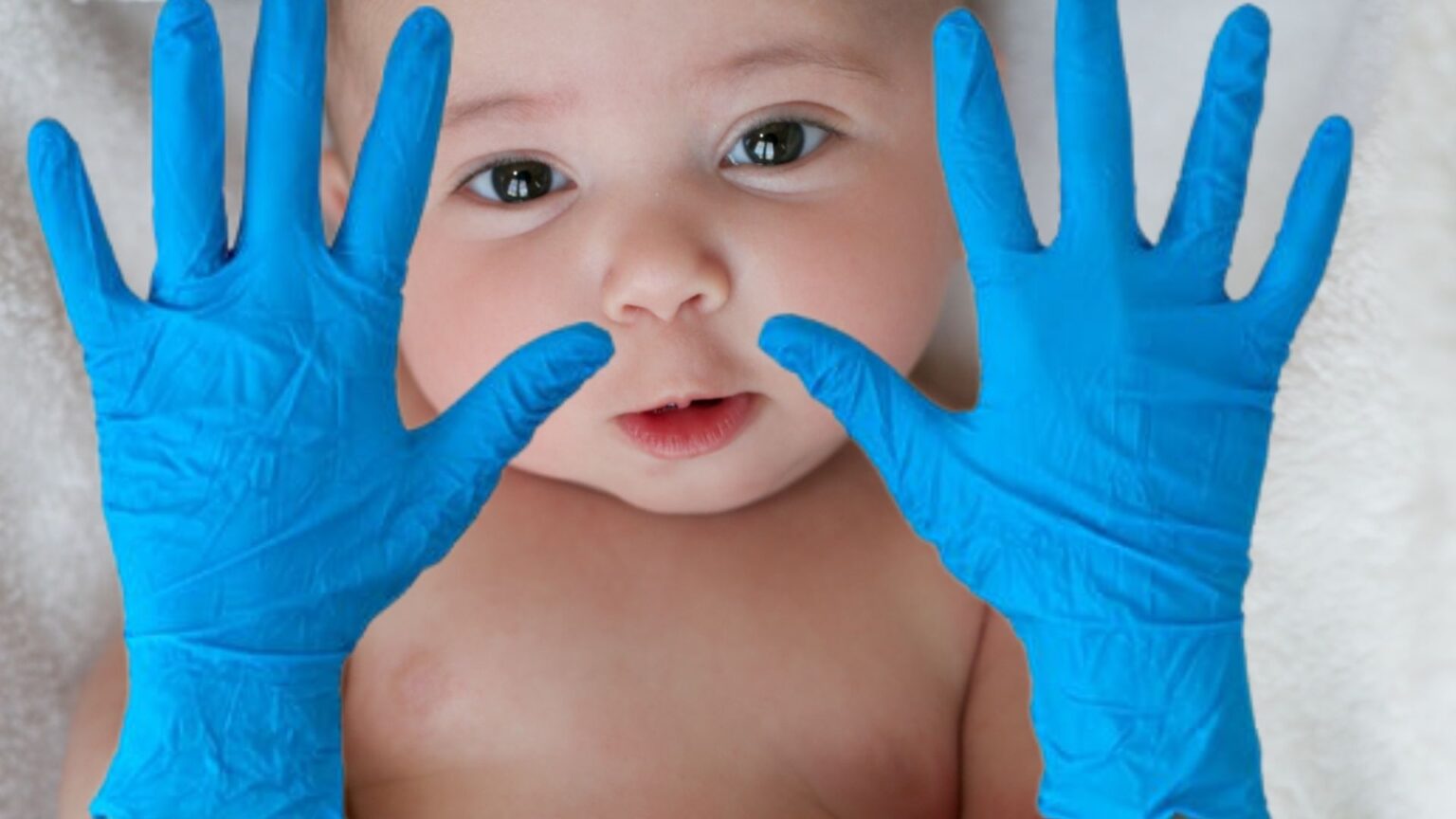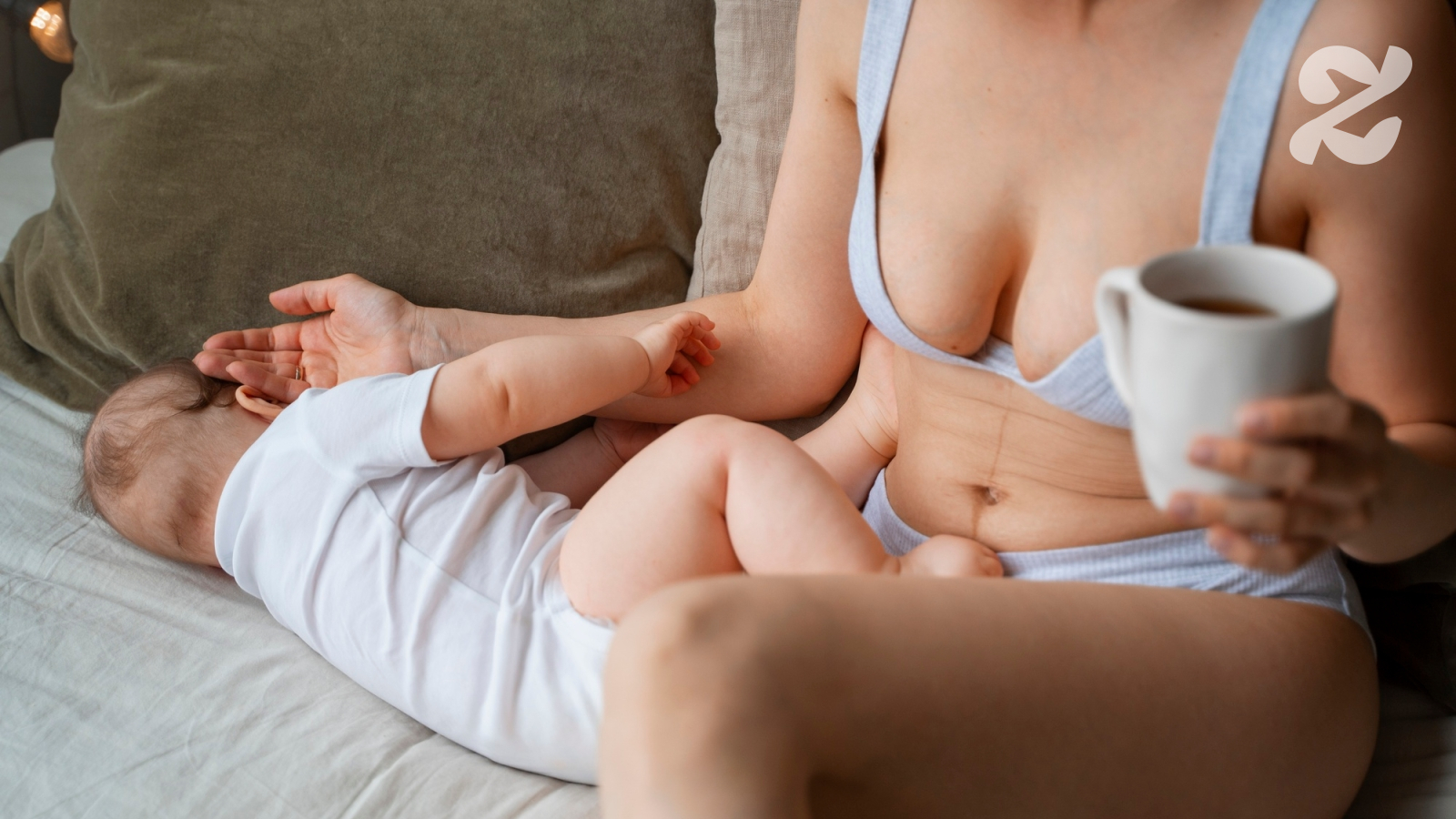How to reduce infant mortality at birth in the world? Depending on the territory, there are many disparities and 98% of infant deaths in childbirth occur in poor countries which in particular do not have sufficient means to systematically prevent risks, notes The world. A team of scientists in London have been looking for a cheap and simple solution to accurately determine the position of a baby ready to be born using a simple glove connected to a smartphone.
A connected glove to determine the position of the child
As reported in an article in the scientific journal Frontiers in women’s global health of January 30, a multidisciplinary team of London scientists was formed a connected glove that would only cost about $1 to allow midwives to practice identifying the position of an about-to-be-born baby with a simple touch. The sensor-equipped glove examines the soft areas of the skull, depending on their size, the smartphone can then identify the child’s position. By dint of practicing the cheap glove on false fetuses, practitioners will be able to conduct reliable manual exams and perform surgeries accordingly.
This invention is currently in the preliminary prototype stage. Once perfected, it will be tested by obstetrics professionals who will deliver their conclusions. The team therefore hopes to be able to carry out tests on real parturients.
Infant mortality: huge differences between countries
Every year, 2 million babies die in utero or in childbirth. Depending on the regions of the globe, mortality rates vary between 1.4 and 32.2 per thousand births. Women giving birth in low-income countries are 7.1 times more likely to give birth to a stillborn child, due to lack of access to adequate treatment and prevention.
The challenge is therefore to provide effective but inexpensive means for health professionals to prevent risks and give birth safely. Like this invention designed to be accessible to all and to determine with certainty a crucial element for the course of childbirth.
However, midwives in poor and intermediate countries have not waited for these scientists to manually monitor the progress of a labor or the position of a baby. However, this system would have the advantage of training students effectively and avoiding fatal errors of judgment for inexperienced caregivers.

Featured photo credit: anton di Crisnelgi Images / Pexels from Pixabay.
More articles about
I’m leaving
-
This connected glove determines the position of children to prevent complications and deaths
-
From contraception to childbirth, how men took over gynecological medicine
-
Giving birth trick: ah, really?
-
What is the new birth bonus amount in 2023?
-
Did you miss our latest Apéro des Daronnes? Here is the reply!
Source: Madmoizelle
Mary Crossley is an author at “The Fashion Vibes”. She is a seasoned journalist who is dedicated to delivering the latest news to her readers. With a keen sense of what’s important, Mary covers a wide range of topics, from politics to lifestyle and everything in between.




